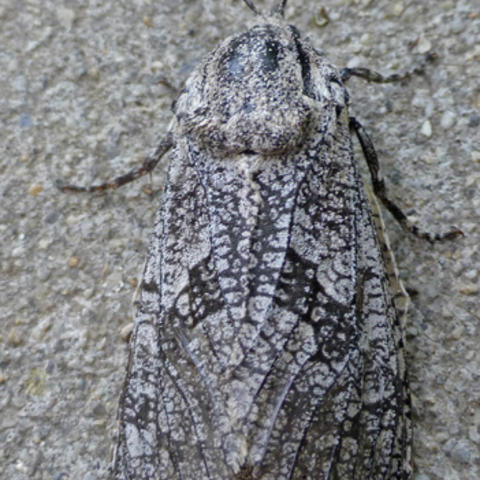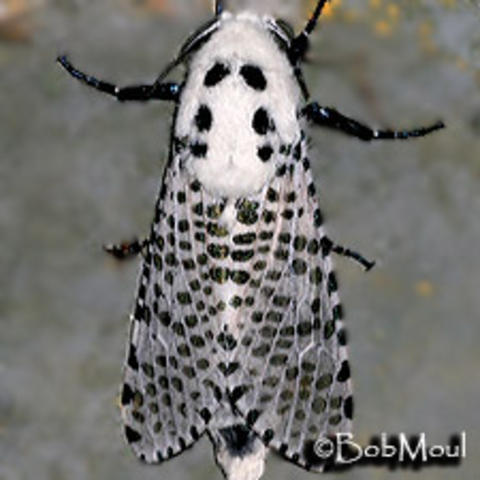Family Cossidae (Cossid Moths, Carpenter Moths)
Subfamily: Cossinae (Cossines, carpenter moths)
Subfamily: Cossulinae (Cossuline Moths)
Subfamily: Hypoptinae (Hypoptine Moths)
Subfamily: Zeuzerinae (Zeuzerine Moths)
Please donate!
We depend on donations to keep Butterflies and Moths of North America freely available. We want to express our gratitude to all who showed their support by making a contribution this year. You can donate to support this project at any time.
Advertise with us!
Do you have a product or service that you think would interest BAMONA users? If you would like to advertise on this website, contact us by email, or use the contact form and select the "Advertising" category.














